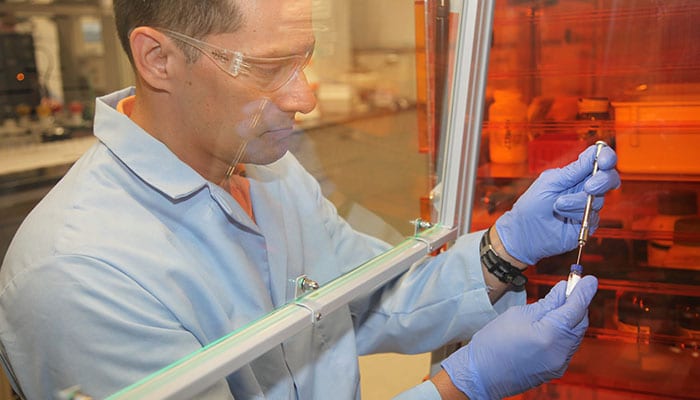Highly specialized analysis of residues can be a means of providing evidence to convict perpetrators of chemical attacks. Similar techniques can also help bring illicit drug traffickers to justice.
This burgeoning field of chemical forensics research was the topic of a symposium organized this week by Carlos Fraga and colleagues from the Department of Energy’s Pacific Northwest National Laboratory (PNNL). Dr. Fraga is a Senior Research Scientist in the Chemical and Biological Signature Science Group at PNNL, having joined the organization following 12 years as an U.S. Air Force officer working on sampling, detection, and fate of chemical weapon related compounds.
Scientists gathered for the forensics symposium to discuss new methods and approaches while attending the American Chemical Society’s national meeting in San Francisco April 2-6.
Many of the source materials in threat agents or drugs have telltale signatures, like impurities for instance, that can help identify its origins, and help investigators, prosecutors and intelligence agencies prosecute or potentially even thwart a chemical attack or drug trafficking.
The discussion focused on attribution signatures, defensibility of chemical threat detection, impurity profiling for sarin precursors, aquatic toxins and position-specific stable isotope ratio measurement for chemical forensics.
PNNL interdisciplinary teams address pressing issues in energy, the environment and national security through advances in basic and applied science. Founded in 1965, PNNL employs 4,400 staff and has an annual budget of nearly $1 billion. It is managed by Battelle for the U.S. Department of Energy’s Office of Science.


